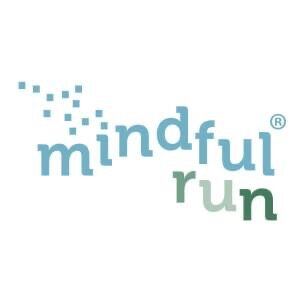Running is for everybody! It can be done by anyone from any level, everywhere, and at any time. People run for different reasons: to improve health, to become a better athlete, to look good & feel better, to socialize, or to enhance their mood. Whatever the reason why you run, it’s always helpful to have a (training) plan at hand and some practical tips that will hopefully make your training MoreFun2Run!
 0 to 5 km training
0 to 5 km training
This blog post “Running tips for beginners“will prepare novice runners on how to start running safely. You can download our free MOREFUN2RUN 0-5km training schedule, which will guide you step-by-step from an easy walk up to a 5 km non-stop run.
 5 to 10 km training
5 to 10 km training
After you’ve been running some 5K runs for a while, you may want to challenge yourself to a longer-distance run. Read our blog post “Increasing running distance from 5-10km” on how to build strength and gradually develop endurance for a 10K run. You can download our free MOREFUN2RUN 5-10km training schedule.
 Faster 5 or 10 km training
Faster 5 or 10 km training
For those of you, who have been running a steady 5km or 10km distance for a while, and who like to challenge themselves to beat personal record times, please read our blog post “How to run a faster 5 or 10km distance“. Download our free MOREFUN2RUN training schedules to improve your pace for a Faster 5km or a Faster 10km.
 (half) Marathon training
(half) Marathon training
The more experienced, long-distance athletes, who are preparing for a half or a full marathon, usually wear a running watch to collect and analyze run data (like their Heart Rate, VO2max, pace, or power), which is often used to create a personalized training plan. The MOREFUN2RUN half marathon training schedule may be useful too though.
Using Heart Rate zones
Many runners’ training plans are based on heart rate zones. If you’d like to use such personalized plans, you may need to measure your maximum heart rate and determine your personal heart rate zones. To find out how and how to use them effectively during your runs, please check out our article about Running & Heart Rate zones.
 Flexibility & Strength training
Flexibility & Strength training
When you run frequently or your training is more intensive (such as for long-distance), it’s important to also work on flexibility (yoga, stretching) and do some strengthening exercises. This will certainly help you to prevent injuries.
 Health-related running
Health-related running
Many people run for health-related reasons. In the ’60s the Japanese medical scientist Yoshiro Hatano recommended a minimum of 10.000 footsteps (or 30-60 minutes of brisk walking) per day, to maintain overall health and to lower the risks of Heart disease, Diabetes, Coronary Artery disease, or Depression. Losing weight, clearing our heads, being outdoors (with our kids), and releasing mental and emotional stress are very common health-related reasons for running.
Run to lose weight
 Running can also be effective to lose some excess body weight, especially when combined with a well-balanced low-carb diet. Moderate duration runs at a low heart rate will result in fat burn. You can read more about this topic in our blog post “Will running help you lose weight?“
Running can also be effective to lose some excess body weight, especially when combined with a well-balanced low-carb diet. Moderate duration runs at a low heart rate will result in fat burn. You can read more about this topic in our blog post “Will running help you lose weight?“
 Less stress & More energy: Mindful Run®
Less stress & More energy: Mindful Run®
If you would like a healthy exercise to release some daily stress and worries and to gain more energy, it may be better to “just run for fun”, without any specific running targets! You could even take out your kids with you and run together.
 Focus on your breathing and your body, and “run & play” outdoors like a young child. Mindful Run® combines mindfulness, breathing techniques, and running. Please check our upcoming “Mindful Run® Courses & Workshops“
Focus on your breathing and your body, and “run & play” outdoors like a young child. Mindful Run® combines mindfulness, breathing techniques, and running. Please check our upcoming “Mindful Run® Courses & Workshops“

